Cycling in winter - six tips for riding outside in the cold
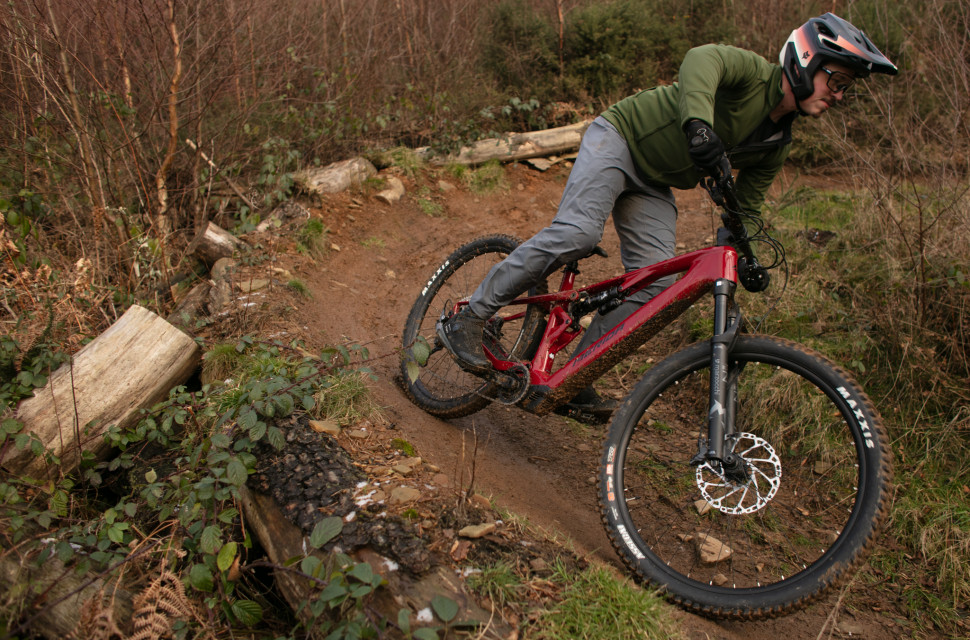
Winter cycling isn't as simple as throwing on a pair of shorts, strapping on a helmet and heading for the hills. Wet weather, cold temperatures, and slick trails throw several curveballs into the mix if you've become accustomed to summer riding. Here are six tips to keep you comfortable as you persist through the winter.
- Winter bikepacking: 8 essential tips for a successful adventure
- Winter mountain biking 2025 - your guide to riding in the cold
- How to set up your mountain bike for winter
Keep on top of your cleaning and maintenance
Winter throws up the harshest conditions that you will ever put your bike through. Water and mud can find their way into parts of the bike you never knew you had and when combined with grease, they can form a grinding paste that'll accelerate wear and tear. Once that solution dries, it can seize vital components meant to move freely and smoothly. Then, you'll only be adding to your maintenance list as derailleur pulleys stop rotating and the headset gets notchy.
To combat this, the first stage of defence is an immediate post-ride clean – this is the hardest bit. After getting home in the dark after a big ride, the last thing anyone wants to do is to clean the bike, but this is the best time to do it. Mud should still be wet, which means it'll fall right off, and it won't have as much of an opportunity to ingress into sensitive parts of the bike and dry.
Dress for the ride, not the carpark
The coldest part of any ride is the bit where you jump out of the car and get dressed for your ride before pedalling away, and that's the way it should be – you've not done any real activity and your body temperature will be at its lowest. While there's nothing wrong with wrapping up warm while your mates are faffing, drop the extra layer as you begin your ride.
Keeping the layers will only mean that you'll overheat mid-ride and, while you can easily remove layers, that's one more thing to stuff into a bag and will be mighty cold until your temperature adjusts to riding without the outer layer. Persevering with extra layers will mean you sweat more, and if you're wearing a breathable winter warmer, it will get chilly if the wind picks up.
For the coldest conditions, we find a base layer, a Merino mid-layer and an insulated but breathable outer that does a great job of thermoregulation without getting too much.
Move to winter tyres
If you're going to do any kind of winter MTB setup, the very least you should do is move to mountain bike mud tyres if you're the type to go for fast-rolling, low-profile tyres in the summer. Many all-weather tyres do a solid job in both seasons but choosing a more aggressively treaded tyre will only elevate your general bike performance in wet and soft conditions.
Tyres built for soft conditions can overhaul a bike's ride in the winter as the taller knobs bite through soft soil and into the harder stuff beneath. Not only does this improve grip but a proper tyre will add extra bite under braking loads, adding more power to your brakes.
Often, this is at the expense of additional rolling resistance or drag, but good winter tyres will do a better job of keeping you rubber side down in the filthiest conditions, so it's the best change to make.
Eye protection becomes even more useful
Glasses and goggles aren't for everyone but can provide protection against stray twigs and debris. In the winter, eye protection becomes even more important as it keeps mud and other potentially dangerous debris from getting into your eyes.
However, the real benefit is wind protection. We've all been there, riding our favourite descent in zero-degree temperatures without glasses, only to be welling up with tears running down our faces. The danger here is that watery eyes significantly impede vision. Throwing on a pair of glasses, whether that's one of the best MTB sunglasses or a cheap impact-resistant pair of specs from the DIY shop, keeping the wind out of your eyes will improve your winter riding experience.
Bonus tip: Carry unworn goggles and glasses in the microfibre pouch. This stops mud and water from scratching the lens and prevents condensation build-up, too.
Carry a spare set of gloves
Wet gloves suck. They get cold, even more so with wind chill and they can reduce grip on the bar. Even the best winter cycling gloves can fall foul when wet, losing their insulating properties when sodden. It's the worst when repairing a mechanical and your gloves get extra muddy, too, reducing grip and making for a generally uncomfortable time.
On those bigger rides, consider carrying a spare set of gloves. If one set were to wet out, clog with mud and get super cold, you've got another set ready. Dry gloves boost warmth and make for a better time on the bike.
Pack a thermos flask
Riding in the cold requires more energy to keep warm. After the biggest of rides, you'll find yourself that bit more tired and if you've got a lengthy drive home, you'll need to up your energy levels before setting off. This is where a thermos flask full of hot tea or coffee comes into play.
However, there's another key benefit – it'll warm you up. Warm drinks are known to momentarily raise body temperature, which after a long cold ride is a great start to feeling normal again.
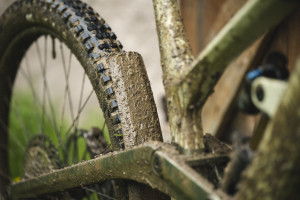

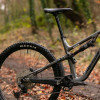
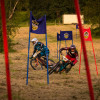



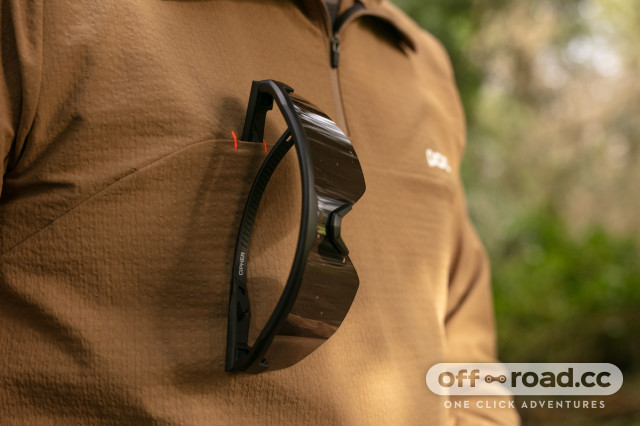

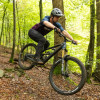





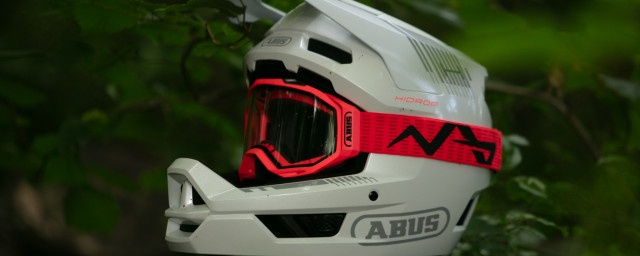
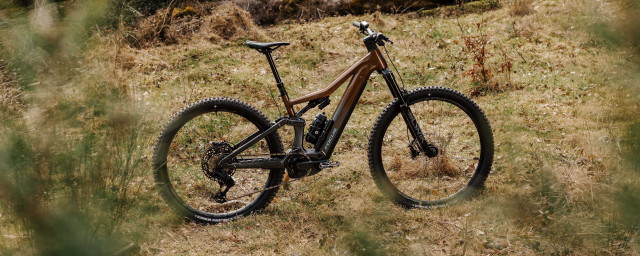

1 comments
A bit of a unicorn request but I'd add shoes that don't take days to dry. Seemingly such a thing doesn't exist which I can only put down to shoe designers not riding in British conditions. With waterproof socks and trousers deployed they don't actually need to be waterproof, they just need to be quick drying. No-one is making a serviceable flat shoe/boot that does this job. If its really sloppy and absolutely throwing it down I've started riding in neoprene horse riding boot. Just make sure you're wearing trousers over them otherwise you'll get some right odd looks...